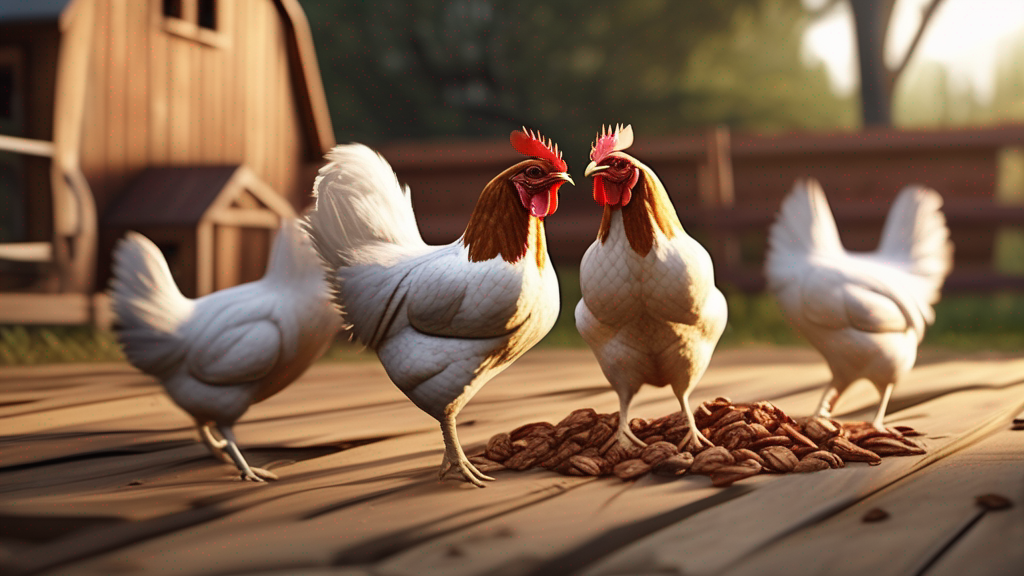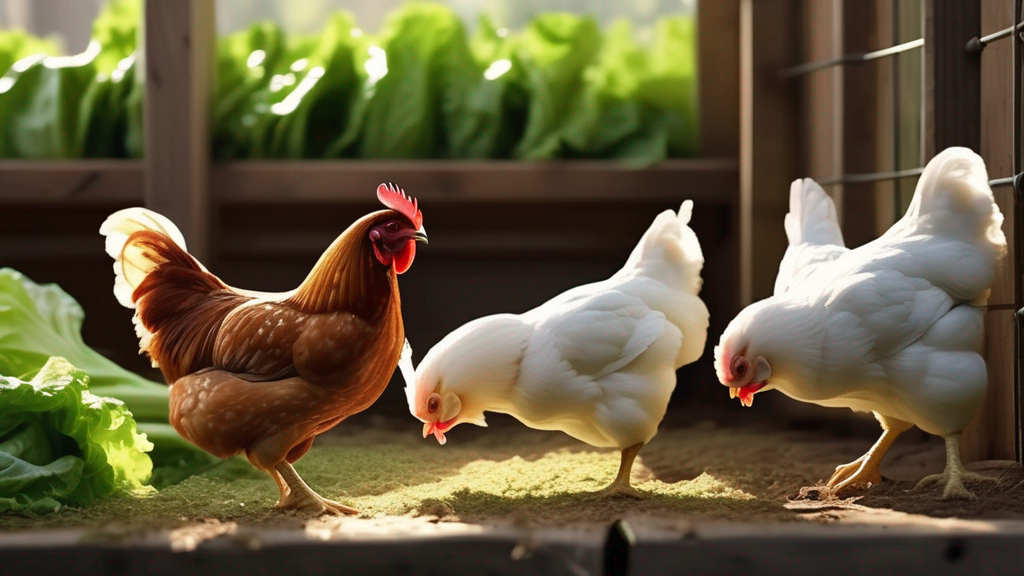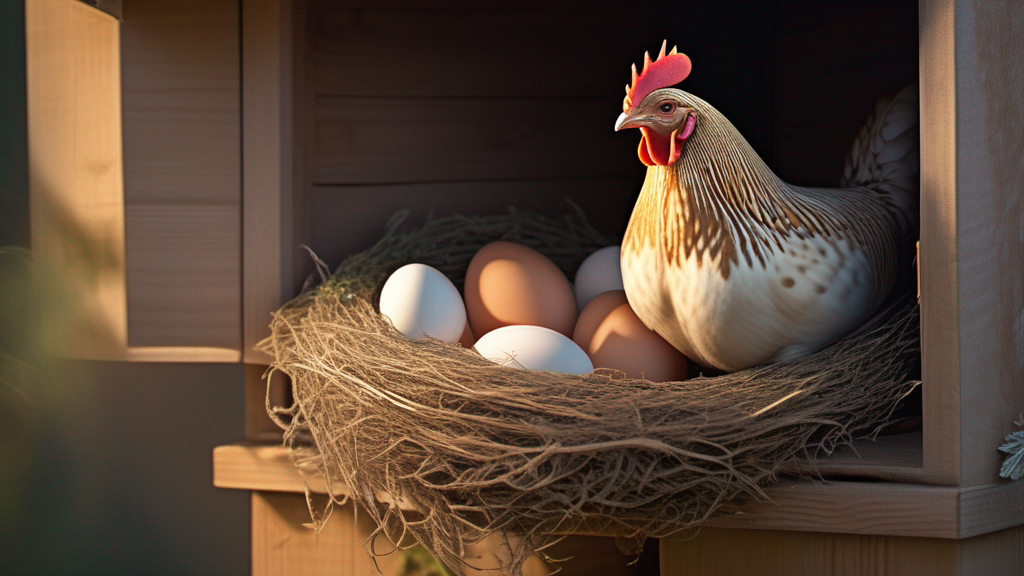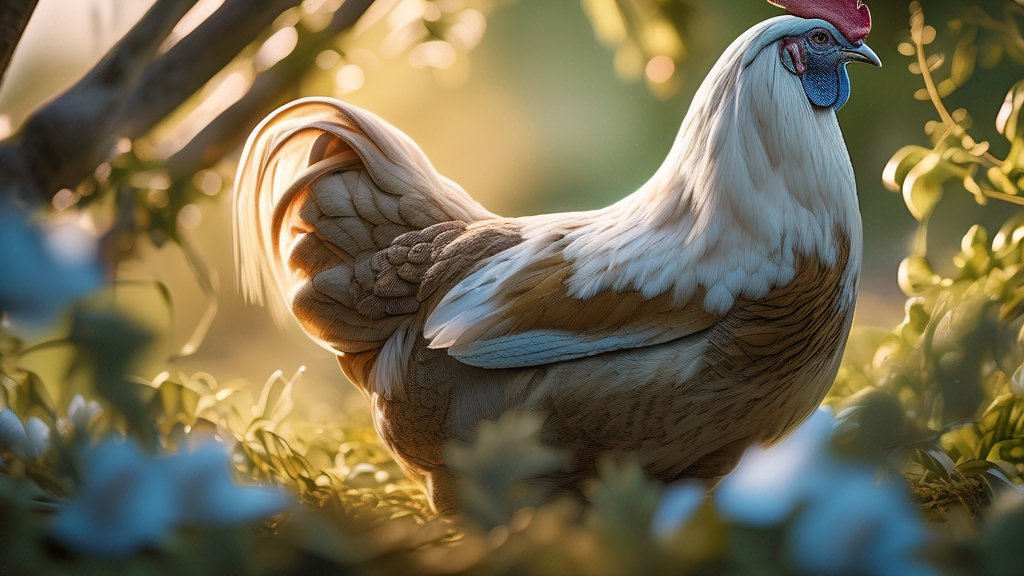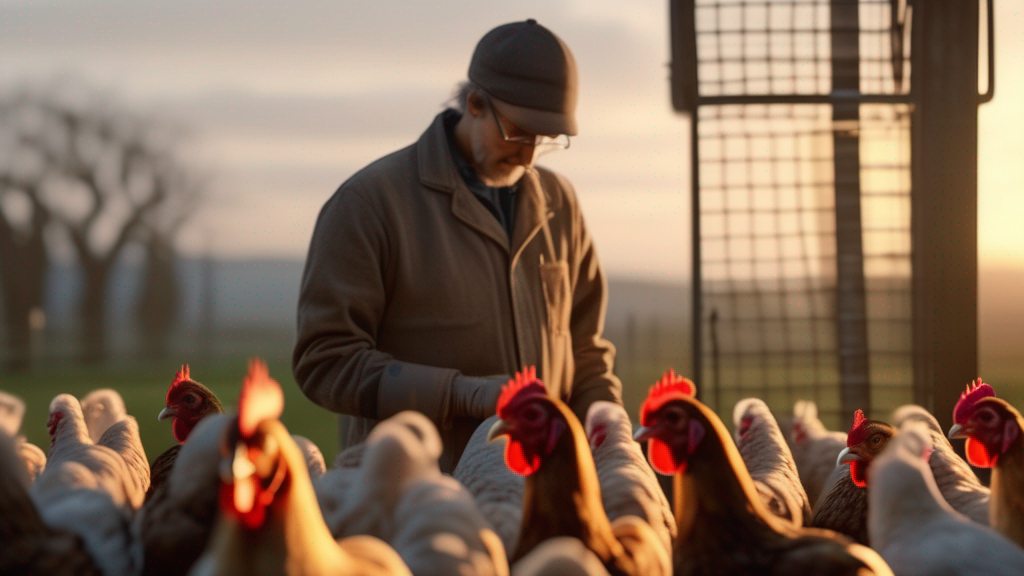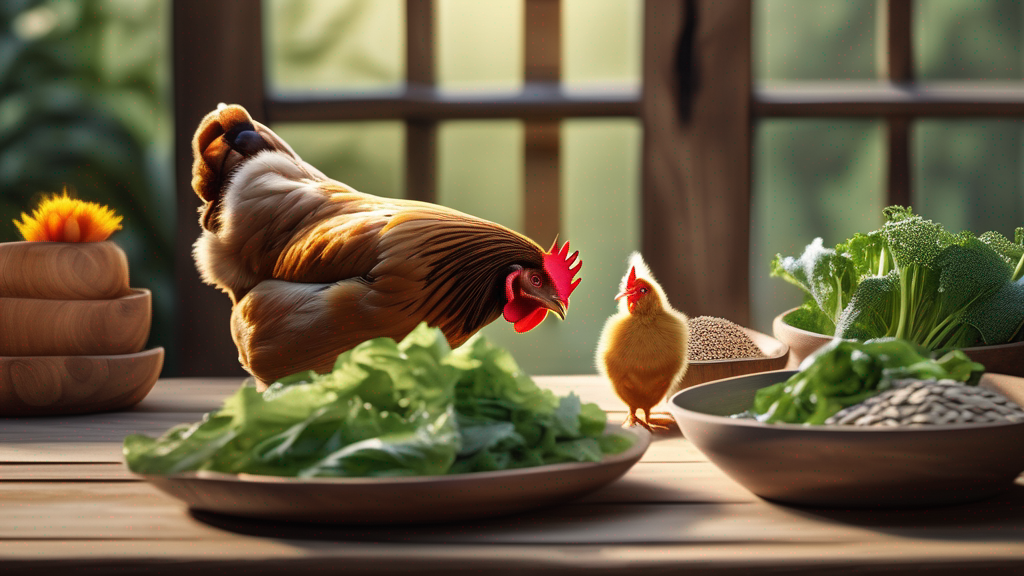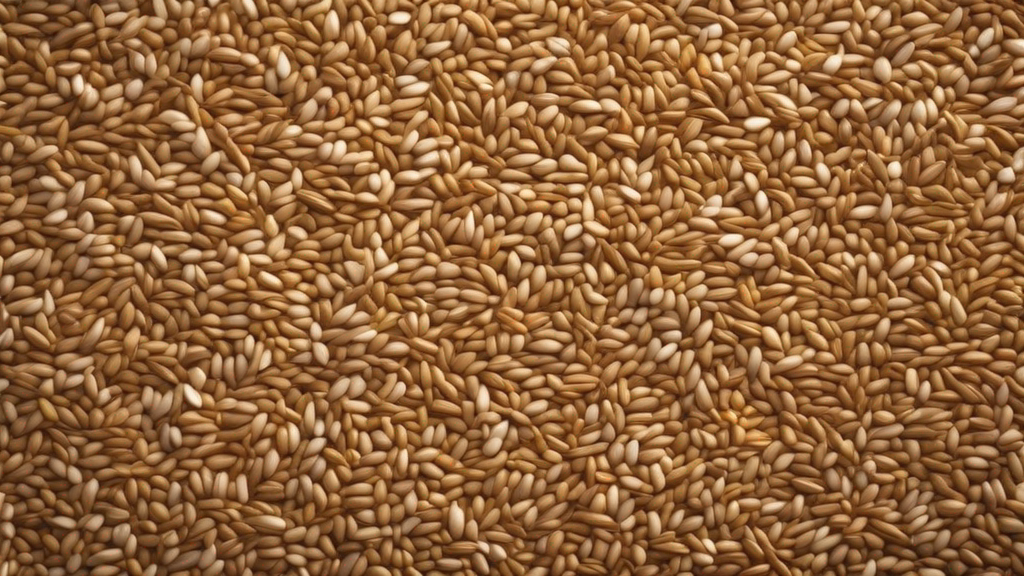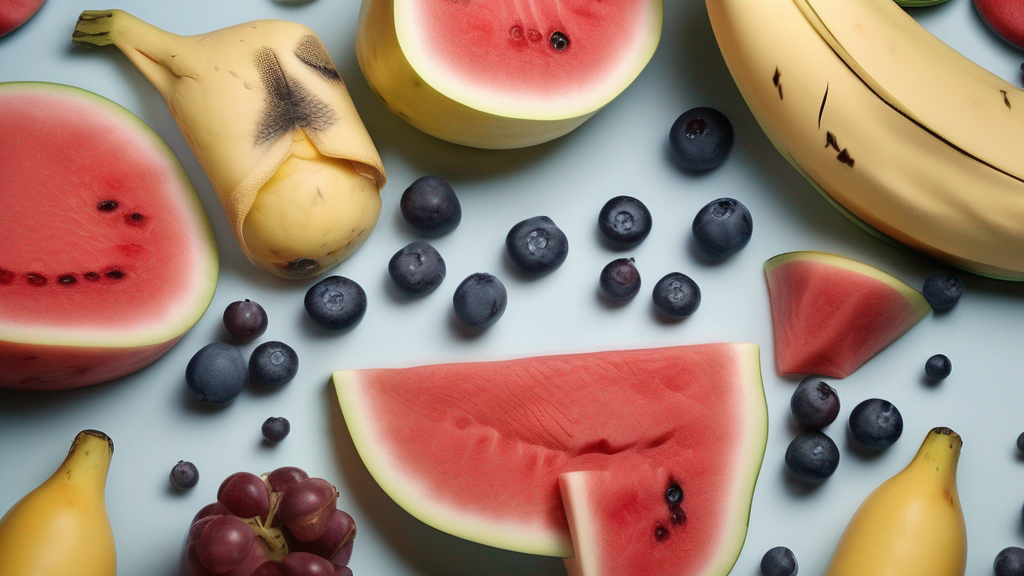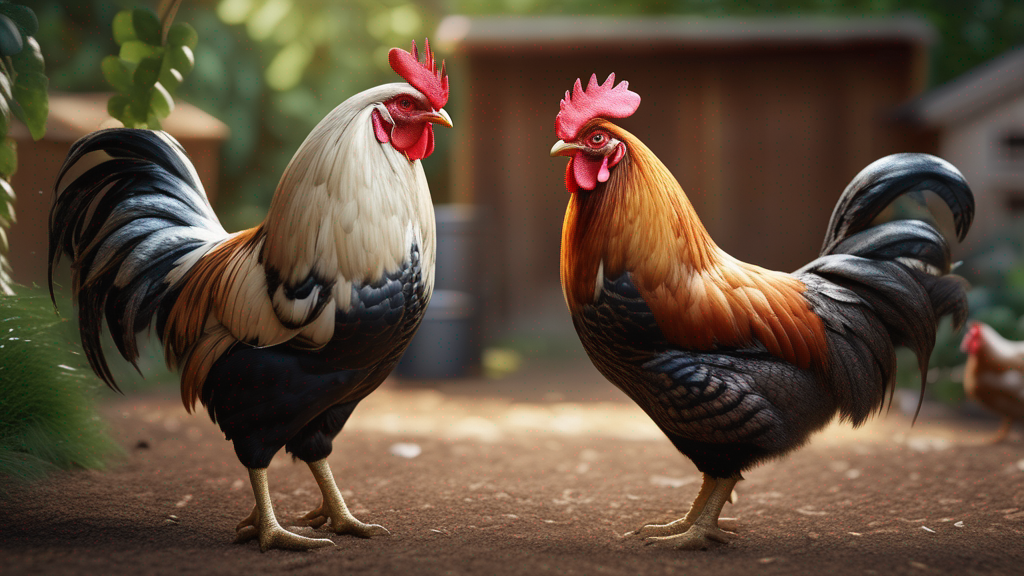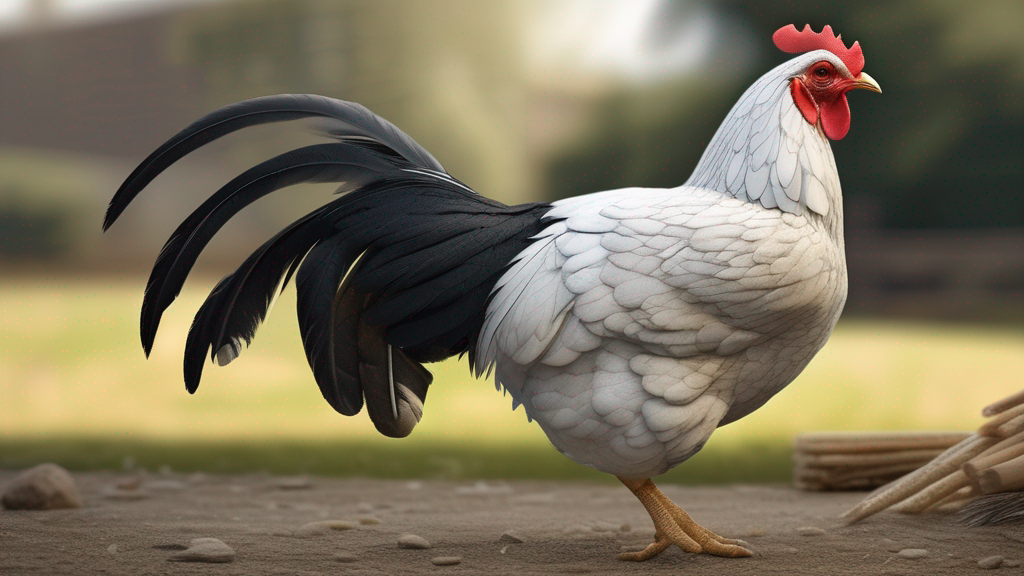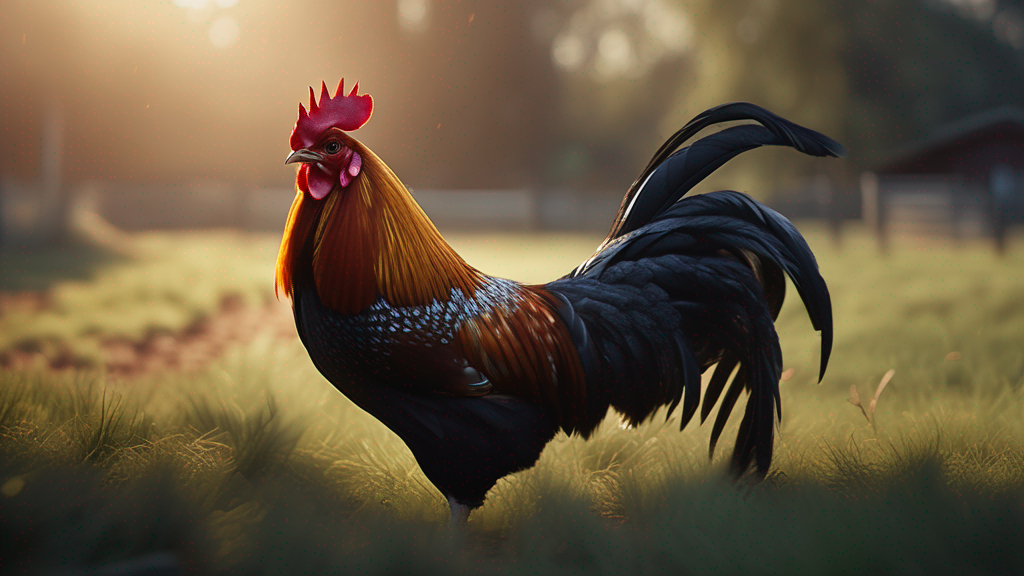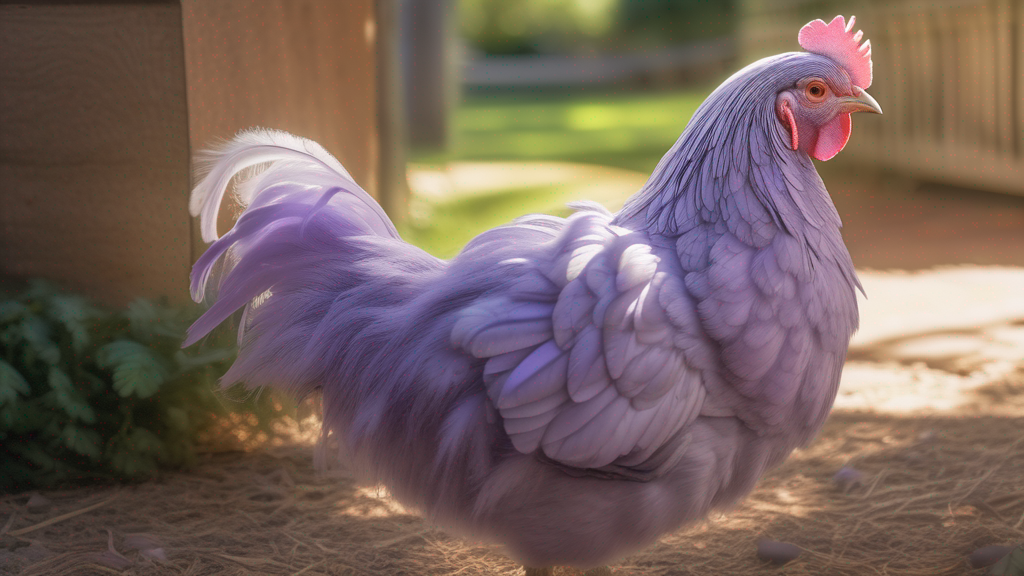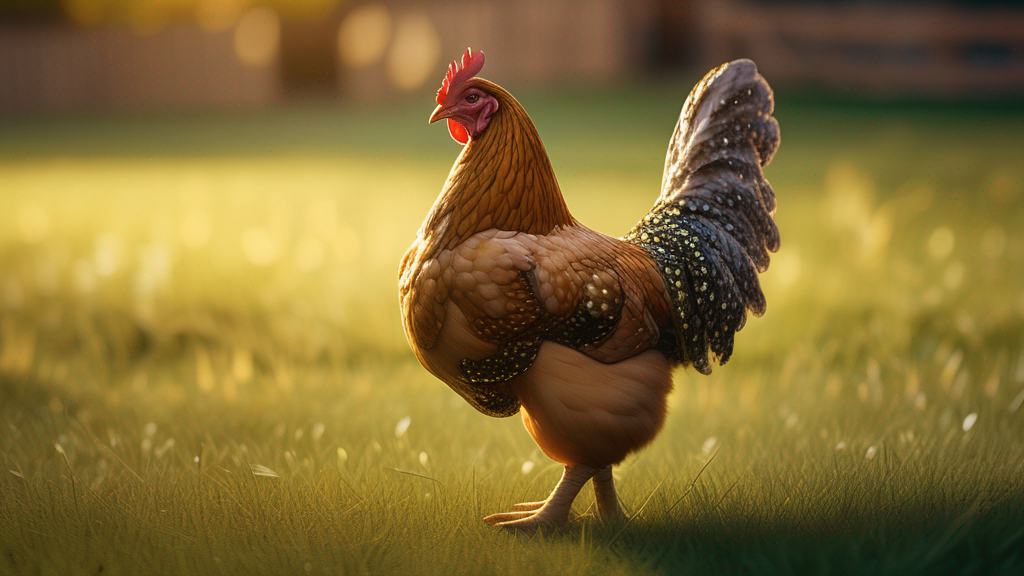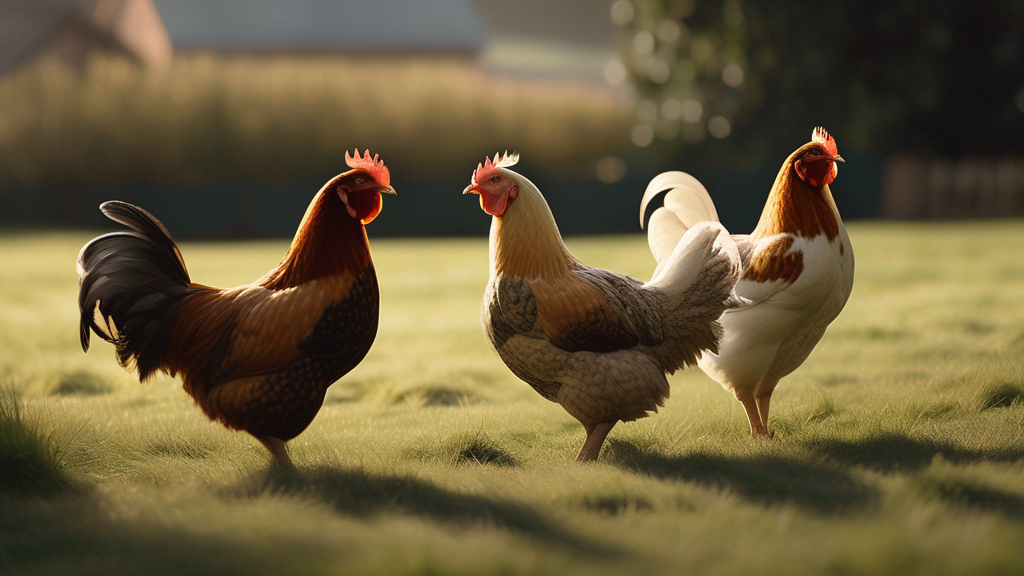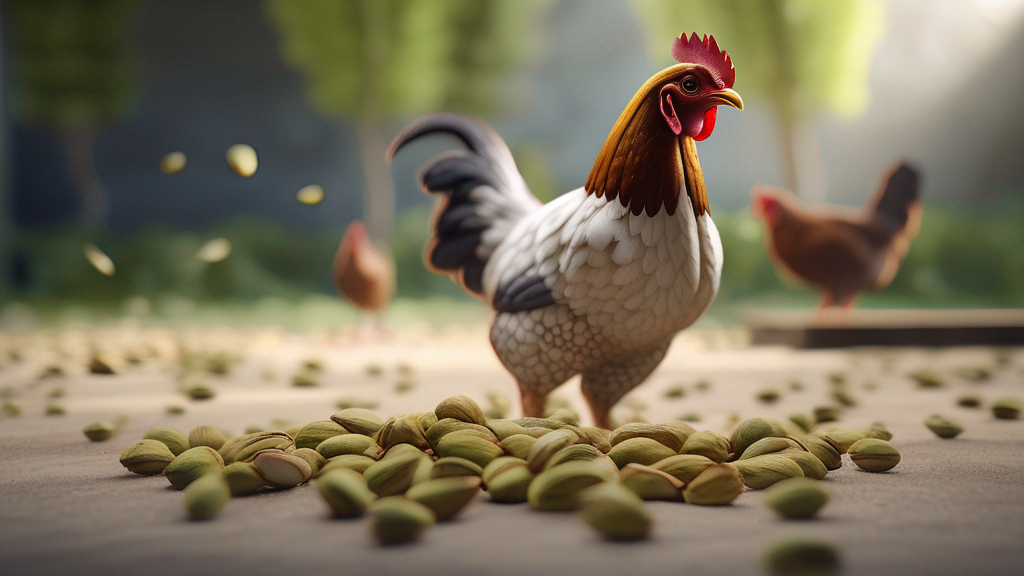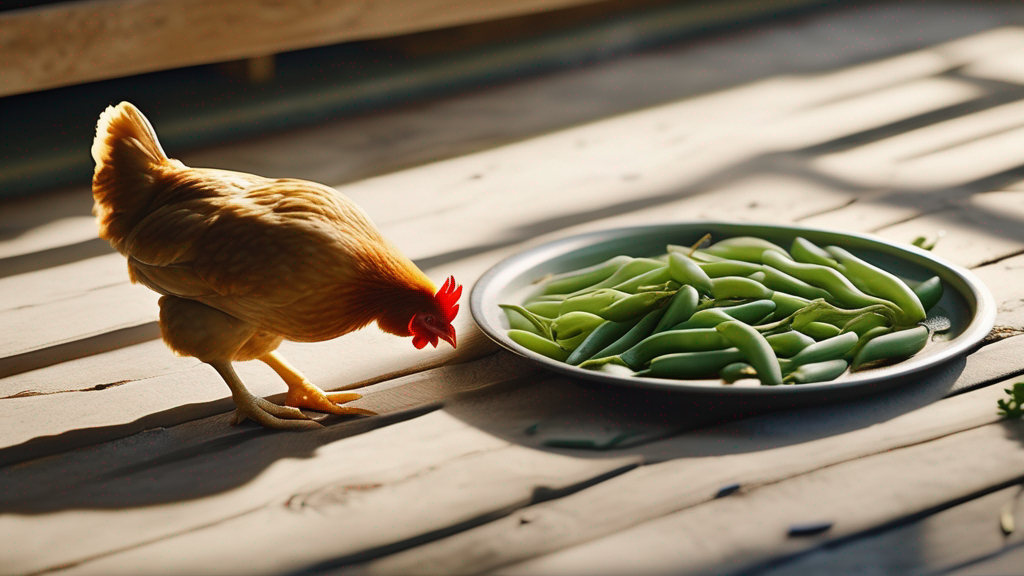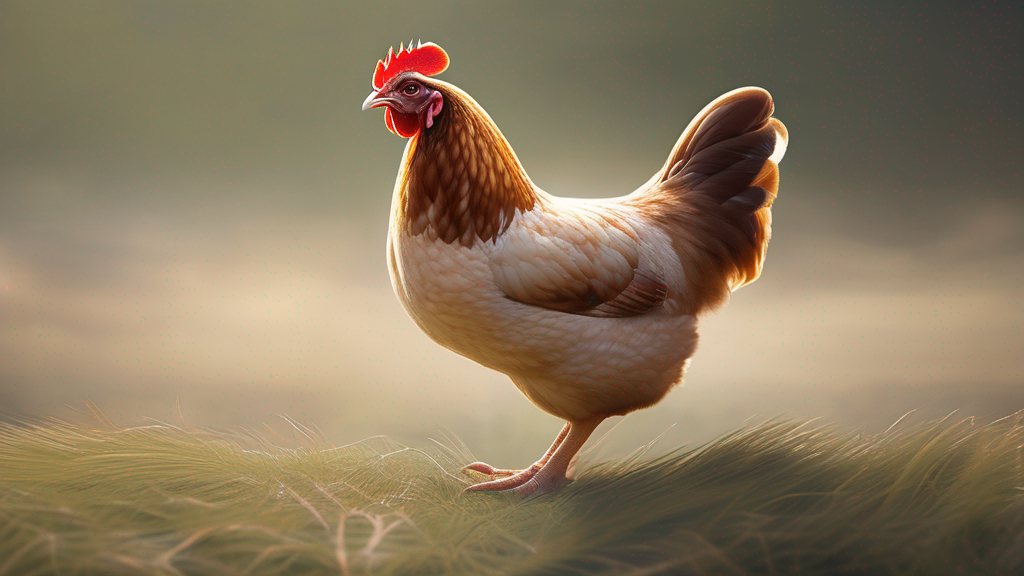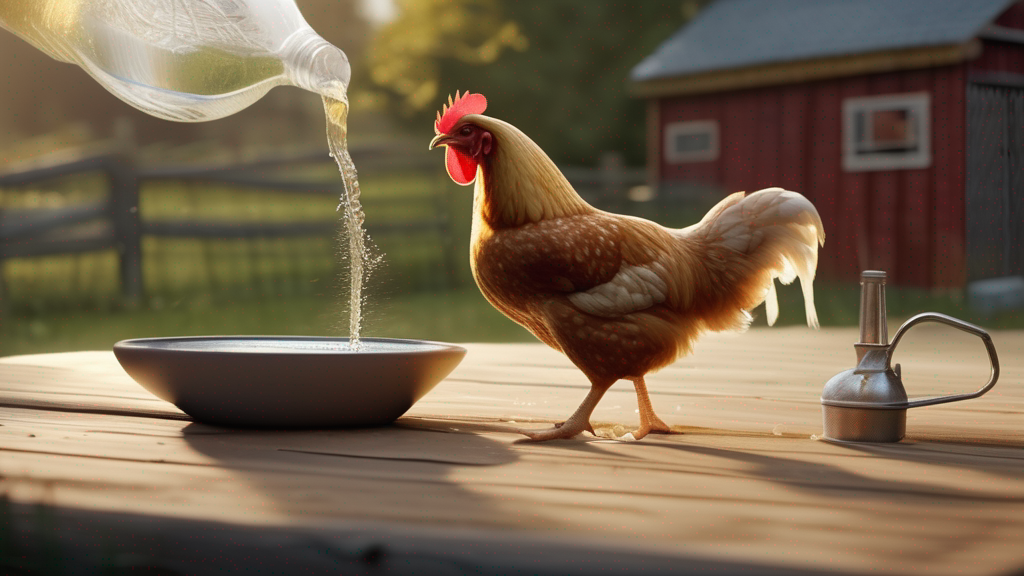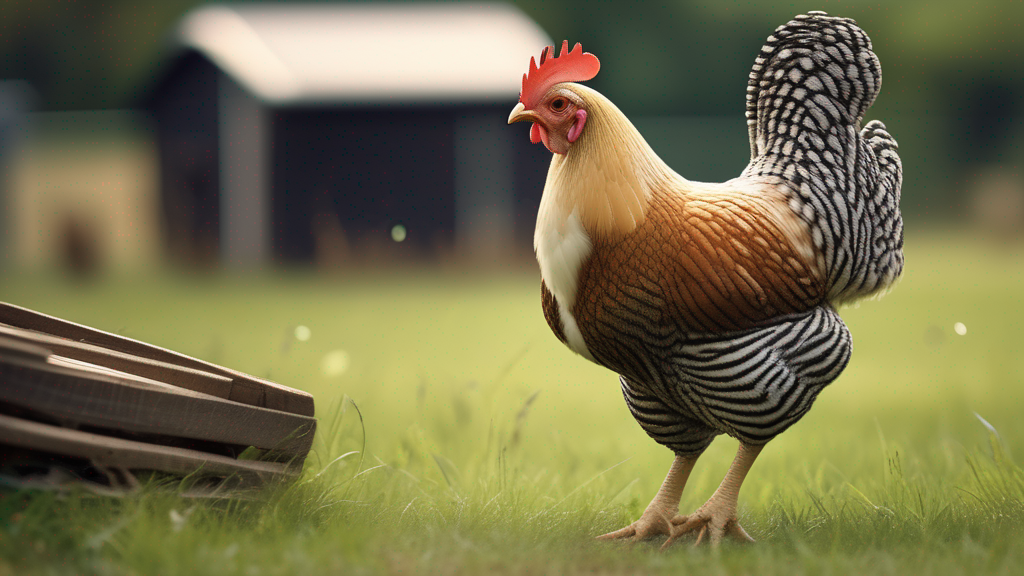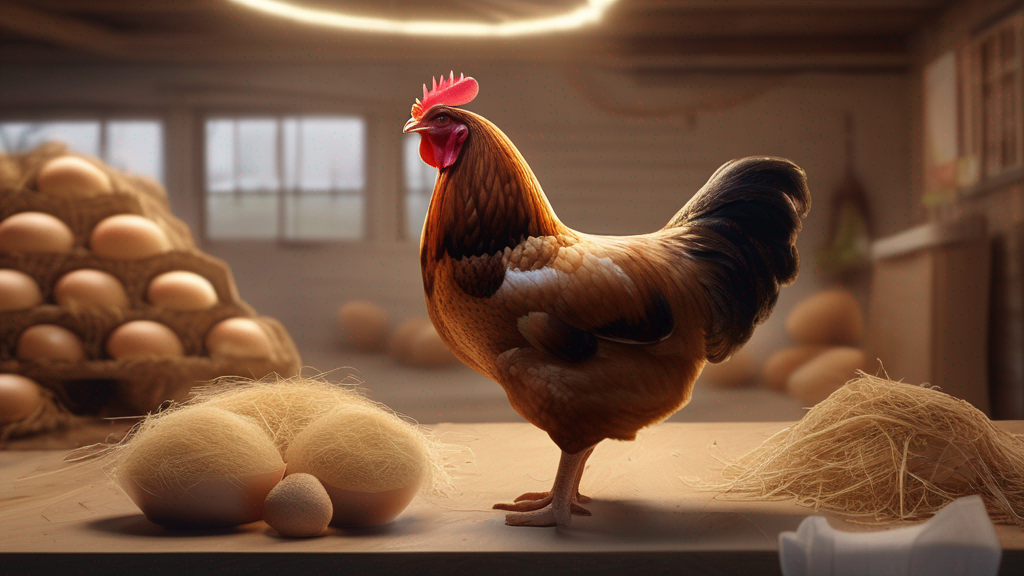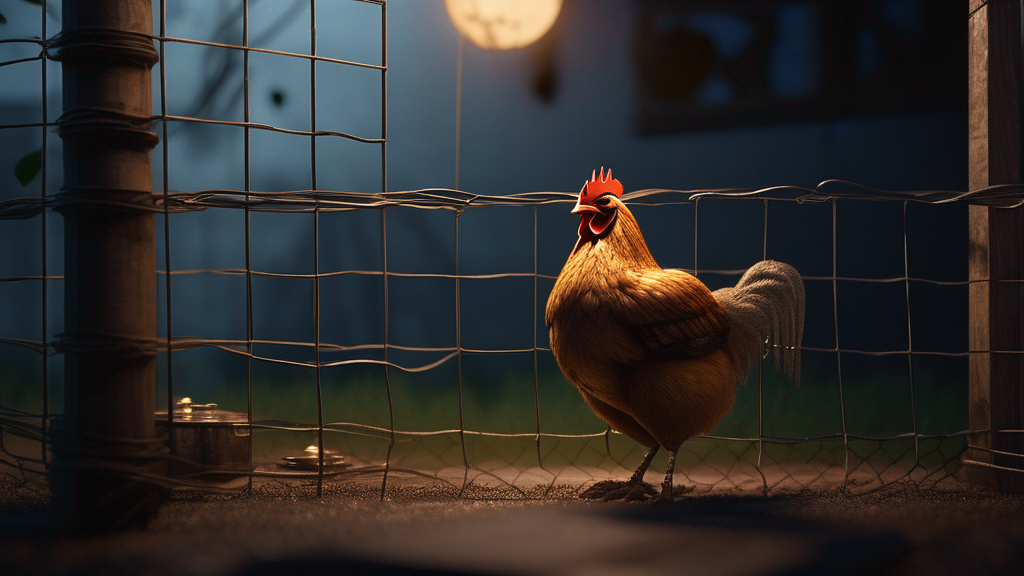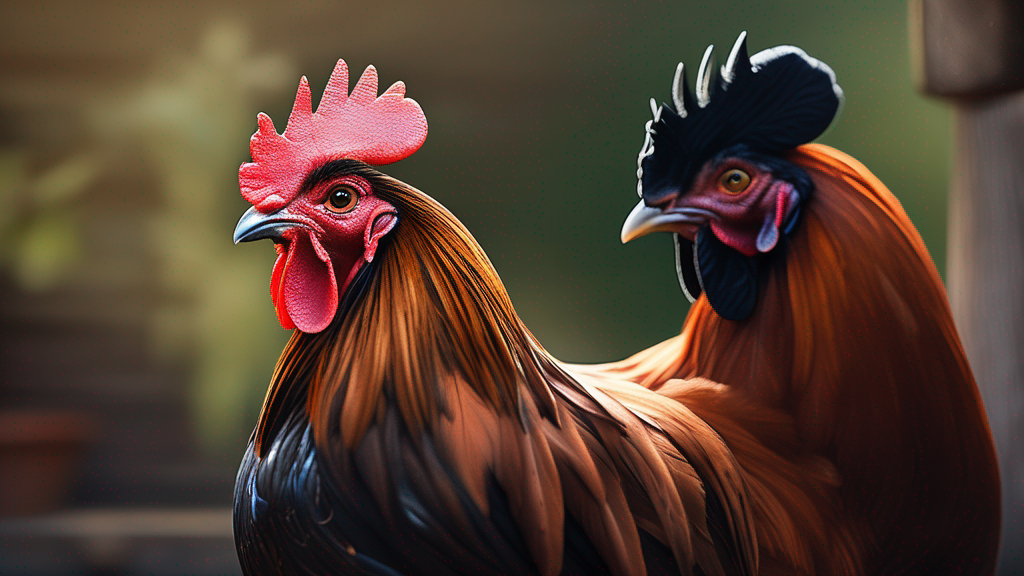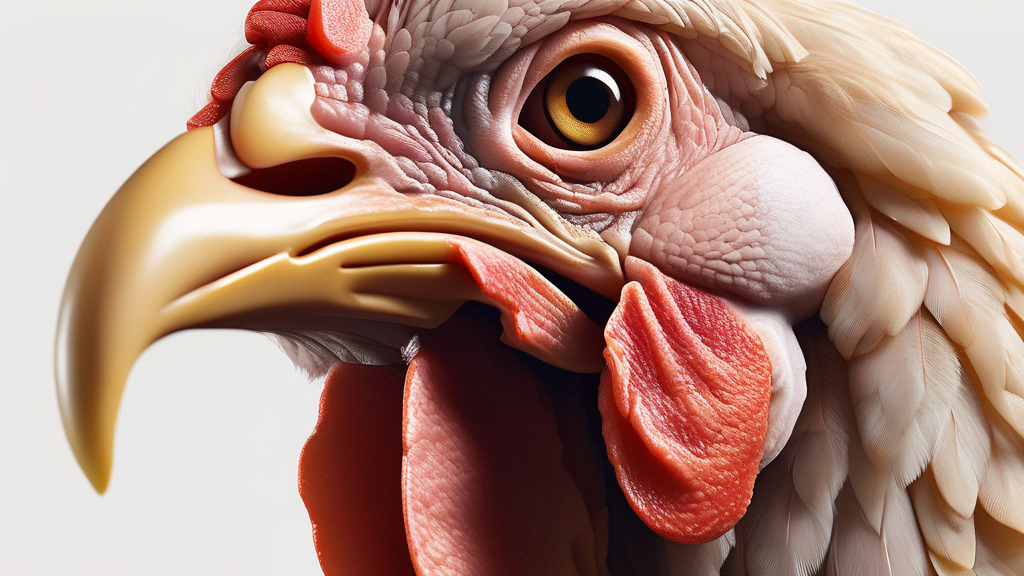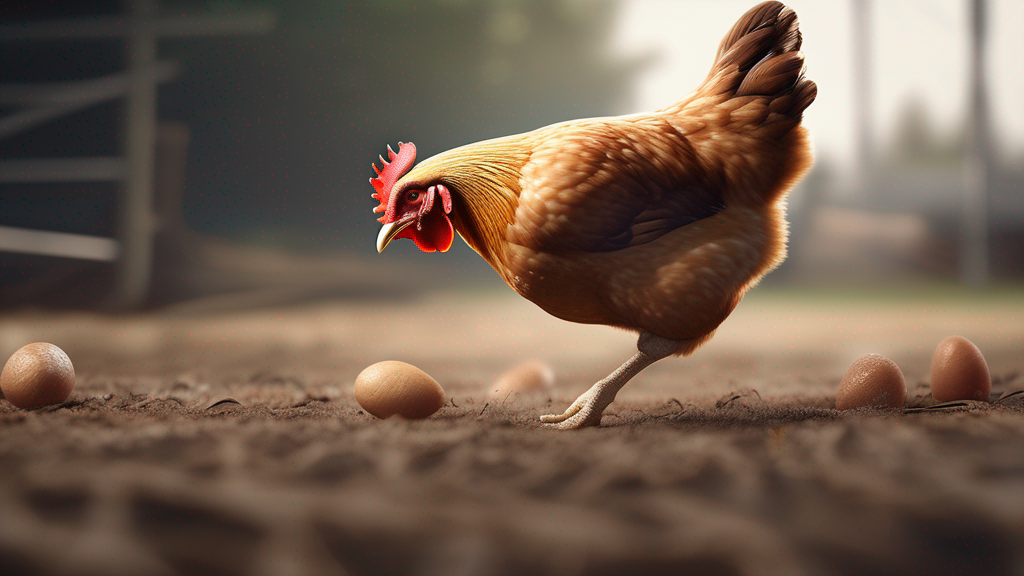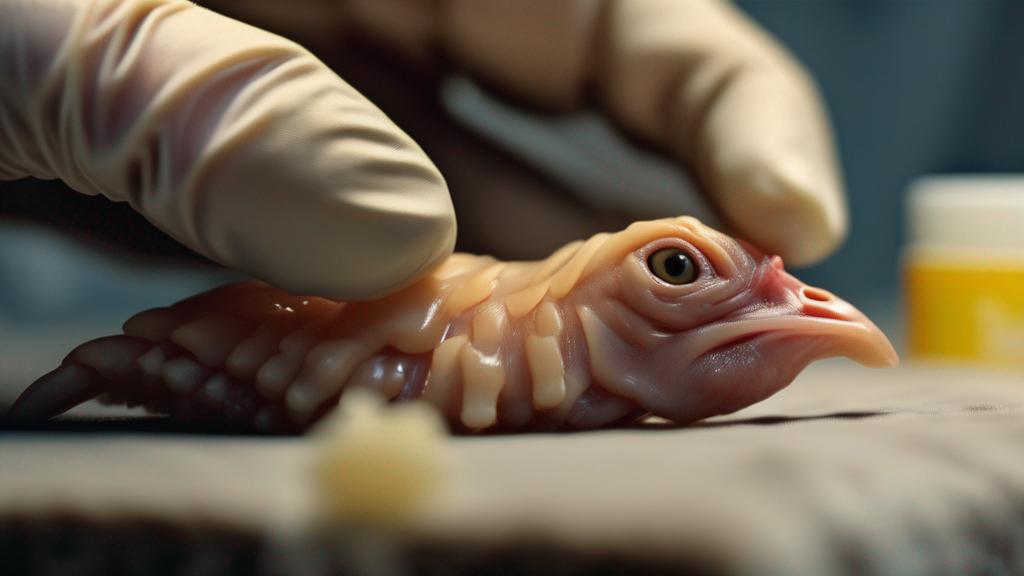Green beans are a common household vegetable and garden harvest; backyard chicken keepers often wonder if cooked green beans are safe and beneficial treats for their flock. In this comprehensive guide, we explore the nutritional profile of cooked green beans, potential benefits and risks for chickens, proper preparation methods, feeding frequency guidelines, and expert tips. By the end, you’ll have an in-depth resource to help you decide when and how to include cooked green beans in your chickens’ diet.
1. Are Cooked Green Beans Safe for Chickens?
Yes, cooked green beans are generally safe for chickens when offered properly and in moderation. Chickens are omnivores and will peck at many vegetable scraps, including green beans. Cooking breaks down lectins and other anti-nutritional compounds present in raw beans, reducing potential digestive upset. As long as beans are prepared without excessive salt, seasonings, or oils, cooked green beans can be a healthy occasional treat for adult birds.
2. Nutritional Profile of Cooked Green Beans
Understanding the nutrient composition helps gauge how cooked green beans fit into a balanced diet. Below is an approximate breakdown per 100 grams of plain boiled green beans (drained, without added salt):
| Nutrient | Amount per 100 g Cooked Green Beans | Role for Chickens |
|---|---|---|
| Calories | 35 kcal | Low-calorie treat for light supplementation |
| Protein | 1.9 g | Supports feather growth and repair (modest amount) |
| Fat | 0.3 g | Minimal; unlikely to cause fat-related issues |
| Carbohydrates | 7.9 g | Source of energy and fiber |
| Dietary Fiber | 3–4 g | Aids gut motility and digestive health |
| Calcium | 40–60 mg | Minor contribution; layer feed remains primary source |
| Iron | 0.6–0.8 mg | Supports oxygen transport; modest levels |
| Potassium | 140–180 mg | Helps electrolyte balance |
| Vitamin A (as beta-carotene) | 60–240 µg RAE | Supports vision and immunity |
| Vitamin C | 9–12 mg | Antioxidant support; chickens synthesize some but extra can help |
| Vitamin K | 50–60 µg | Blood clotting and bone health |
| Vitamin B6 | 0.1 mg | Metabolism and nervous system support |
| Magnesium | 25 mg | Enzyme cofactor; metabolic functions |
Cooked green beans are low in calories and fat, with moderate fiber and modest protein. They supply vitamins (A, C, K, B6) and minerals (potassium, magnesium, iron), but these appear in relatively small amounts compared to commercial feed. Thus, green beans serve best as a supplemental treat rather than a staple feed component.
3. Benefits of Feeding Cooked Green Beans to Chickens
- Digestibility: Cooking deactivates lectins and softens cell walls, making nutrients more accessible and reducing digestive upset compared to raw beans.
- Hydration: High water content helps with hydration, especially in hot weather when chickens can benefit from moisture-rich treats.
- Fiber for Gut Health: The fiber promotes healthy gut motility and can help prevent constipation or impaction when mixed with regular feed.
- Vitamin & Mineral Supplement: Provides small amounts of vitamins A, C, K, and minerals like potassium and magnesium, complementing balanced layer feed.
- Enrichment & Foraging Behavior: Offering chopped or whole cooked beans encourages pecking and foraging, which reduces boredom and undesirable behaviors like feather pecking.
- Low Calorie & Fat: Minimal calories and fat make green beans less likely to cause obesity or fatty liver compared to high-fat treats like nuts or seeds.
4. Risks and Precautions
- Excessive Feeding: Large quantities can fill chickens up, reducing intake of balanced commercial feed and causing nutrient deficiencies over time.
- Seasoning & Additives: Avoid salt, oils, butter, spices, or sauces. Seasoned or salted beans can lead to dehydration or salt toxicity; beans should be plain-boiled or steamed without additives.
- Portion Size: Offer small, controlled portions. Excessive fiber may cause transient diarrhea if introduced too rapidly; monitor droppings after first offerings.
- Choking Hazard: Whole beans may be large for young chicks; chop into bite-sized pieces for smaller birds to reduce choking risk.
- Moldy or Spoiled Beans: Never feed moldy or spoiled beans; molds can produce mycotoxins harmful to poultry. Discard any that show signs of spoilage.
- Raw Bean Risks: Raw or dried green beans contain lectins and potentially anti-nutritional factors; while occasional pecks may not harm adults, it’s safer to feed cooked beans to avoid digestive upset.
- Chicks & Young Birds: For chicks under about 8 weeks, focus on starter feed; if offering beans, ensure they are mashed or finely chopped and given sparingly to prevent digestive upset and choking.
5. How to Prepare Cooked Green Beans for Chickens
5.1 Choose Fresh, High-Quality Beans
Use fresh or properly stored green beans free of mold or signs of spoilage. If using leftover cooked beans, confirm they were cooked without excessive salt or seasonings and stored safely in refrigeration.
5.2 Cooking Method
- Plain Boiling or Steaming: Boil or steam green beans until tender but not mushy, to preserve nutrients. Avoid adding salt, oils, butter, or seasonings.
- Avoid Canned Beans: Canned green beans often contain added sodium. If used, rinse thoroughly under water to reduce salt, but plain home-cooked beans are preferable.
- Avoid Frying or Sautéing with Oil: Oil or butter increases fat content, which is unnecessary and may reduce intake of primary diet.
5.3 Cutting and Serving
- Chop into Bite-Sized Pieces: For adult hens, beans can be cut into 2–3 cm segments or left whole if size is manageable. For younger birds or smaller breeds, finely chop or even mash slightly to avoid choking.
- Serve at Room Temperature: Allow beans to cool to ambient temperature before serving to prevent burns.
- Mix with Other Treats: Combine chopped beans with other safe veggies or grains (e.g., oats, cooked rice) to diversify nutrients and reduce overconsumption of beans alone.
- Foraging Presentation: Scatter pieces in bedding or use treat dispensers/puzzle feeders to encourage natural pecking for enrichment.
6. Feeding Frequency and Portion Guidelines
Treats, including cooked green beans, should comprise no more than 5–10% of a chicken’s overall diet. Follow these guidelines:
- Portion Size: For a small flock of 4–5 adult hens, offer roughly 50–75 g total of cooked green beans per treat session (around a handful each), adjusting by flock size. For larger flocks, scale proportionally.
- Frequency: Offer cooked green beans 1–2 times per week at most, depending on other treats in rotation. Monitor body condition and feed intake; reduce frequency if birds fill on treats and neglect layer feed.
- Chicks and Young Birds: Wait until chicks are about 8 weeks old before offering; introduce very small amounts (a few chopped pieces) mixed into mash occasionally to observe tolerance. Primary diet should remain starter feed until maturity.
- Seasonal Adjustments: In hot weather, hydration benefit may justify slightly more frequent offerings, but monitor total treat percentage. In cold weather, beans offer hydration but limited calories; consider higher-energy treats (e.g., grains) if flock needs extra calories in low temperatures.
- Observation: After first few sessions, watch droppings and behavior. If diarrhea or reduced feed intake occurs, reduce quantity or discontinue beans temporarily. If tolerated well, continue occasional feeding.
7. Comparison: Cooked vs. Raw Green Beans
Raw green beans contain lectins and possibly anti-nutritional compounds; cooking neutralizes most of these. Key differences:
| Aspect | Raw Green Beans | Cooked Green Beans |
|---|---|---|
| Anti-Nutritional Factors | Contains lectins and potential anti-nutritional compounds; small pecks may not harm adults but risk increases with quantity. | Cooking deactivates lectins and reduces toxins; safer for regular feeding. |
| Digestibility | Harder to digest; may cause mild digestive upset in quantity. | Softened texture; easier digestion and nutrient absorption. |
| Preparation Effort | Minimal prep but riskier; best avoided or given sparingly. | Requires boiling/steaming but safer and recommended. |
| Nutrient Retention | Some heat-sensitive vitamins remain higher raw, but risks outweigh small benefit. | Minor loss of vitamin C but overall safer; fiber and minerals still available. |
| Chick Suitability | Choking hazard and anti-nutritional factors; avoid. | Chop and mash for chicks; small amounts okay after ~8 weeks. |
Conclusion: Cooked green beans are preferable and safe when served correctly; raw beans pose unnecessary risks and should be minimized or avoided.
8. Alternatives and Complementary Treats
While cooked green beans are safe, diversifying treats ensures balanced nutrition and enrichment:
- Other Vegetables: Cooked or raw (when safe) vegetables such as peas, corn kernels, grated carrots, leafy greens (lettuce, spinach) provide vitamins and fiber.
- Fruits: Small amounts of berries, melon, or apple pieces (without seeds) offer hydration and vitamins but watch sugar content.
- Protein Treats: Mealworms, cooked eggs, or fish scraps supply high-quality protein, especially during molt or growth phases.
- Grains & Seeds: Oats, cracked corn, or sunflower seeds (unsalted) in moderation add energy; sunflower seeds are high-fat so limit quantity.
- Herbs: Safe herbs like parsley, oregano, or basil add micronutrients and encourage foraging interest.
- Rotate treats and ensure total treat contribution remains under 10% of diet. Prioritize a high-quality commercial feed as the foundation of nutrition.
9. Expert Tips & Keeper Insights
- “Always cook green beans plain to remove lectins—an occasional handful of chopped beans is a nice treat, but focus on balanced layer feed for core nutrition.” – Poultry Nutrition Specialist
- “I scatter cooled, chopped green beans in bedding to encourage natural scratching behavior; my hens treat it like foraging fun, and I see no adverse effects when given weekly.” – Backyard Chicken Keeper
- “In hot summers, offering water-rich treats like cucumbers or cooked green beans can help with hydration, but always monitor that they’re still eating their feed.” – Poultry Vet Advice
- “For chicks, mash beans finely into feed mash after ~8 weeks; avoid large pieces to prevent choking and ensure their gut adapts gradually.” – Chick Rearing Guide
10. Frequently Asked Questions (FAQs)
Q1: Can chicks eat cooked green beans?
Chicks can be introduced to small amounts of finely chopped or mashed cooked green beans after about 8 weeks of age, once their digestive systems are more developed. Ensure pieces are very small to avoid choking, and always mix into starter/grower mash rather than offering alone.
Q2: How often can I feed cooked green beans?
Offer cooked green beans 1–2 times per week as part of treat rotation. Keep total treats (all kinds) under 5–10% of total dietary intake; monitor feed consumption to ensure primary feed is not displaced.
Q3: Are canned green beans okay if rinsed?
Canned green beans often contain added sodium. If used, rinse thoroughly to reduce salt, but home-cooked plain beans are preferable to ensure minimal sodium. Excess salt can harm chickens by causing dehydration or kidney stress.
Q4: What about feeding the bean pods vs. beans only?
Whole cooked green bean pods are safe if chopped into manageable pieces; the pods contain fiber and some nutrients. Chickens may peck out the beans first; offering pods and beans together encourages foraging. Ensure pods are tender and fully cooked to avoid tough, indigestible fibers.
Q5: Can fermented green beans be fed?
Fermented vegetables can provide probiotics, but fermenting green beans introduces acidity and microbial changes. If fermenting for chickens, ensure the process yields safe pH levels and no harmful molds. Plain cooked beans remain the simpler, safer option.
Q6: What signs indicate negative reaction?
Monitor for reduced feed intake, loose droppings, lethargy, or weight loss after introducing beans. If any occur, discontinue cooked green beans and revert to primary feed and safer treats until birds recover. Always reintroduce small amounts gradually.
Q7: Can I feed raw green bean leaves or stems?
Leaves and stems may contain lectins or other compounds; cooking entire plant parts reduces risk. If offering garden trimmings, it is safer to lightly steam or boil them. Raw leaves offered sparingly may not harm many birds, but cooking is advisable to ensure safety.
11. Conclusion
Cooked green beans can be a safe, low-calorie, hydrating, and enriching treat for chickens when prepared properly and offered in moderation. Cooking inactivates lectins and improves digestibility. Offer plain boiled or steamed beans without salt or seasoning, chopped into appropriate sizes, as part of a treat rotation that remains under 5–10% of total diet. Monitor flock health, droppings, and feed intake when introducing green beans. Use them occasionally for enrichment, hydration in hot weather, or small supplemental nutrient boosts, but always prioritize high-quality commercial feed as the foundation of your chickens’ nutrition. With these guidelines, you can confidently include cooked green beans in your flock’s diet and enhance their well-being through safe, varied treats.
